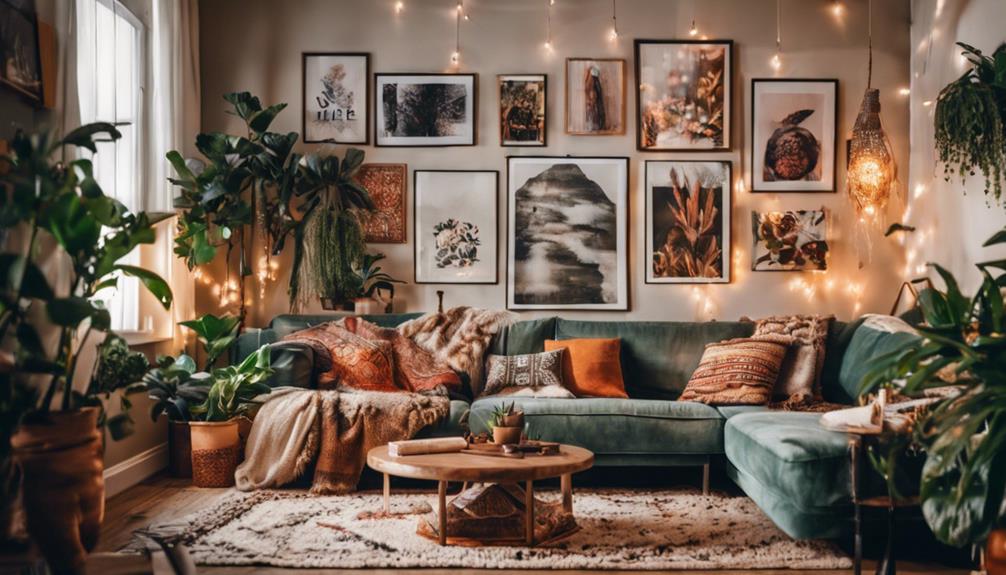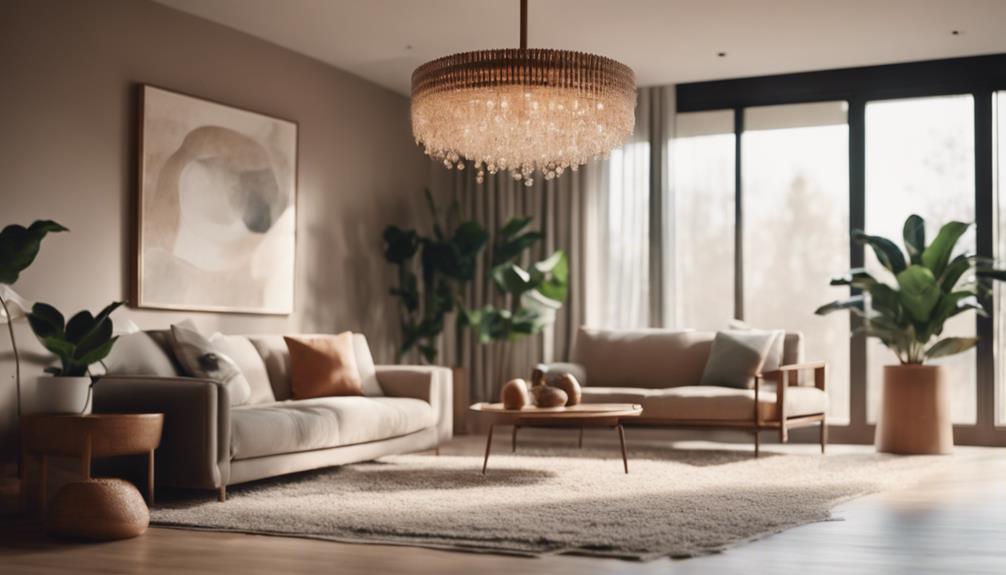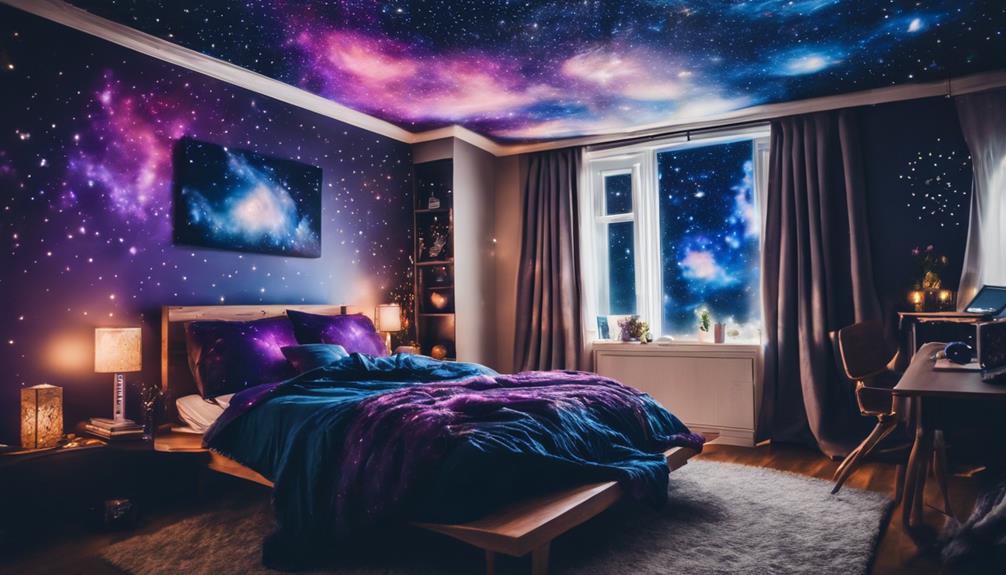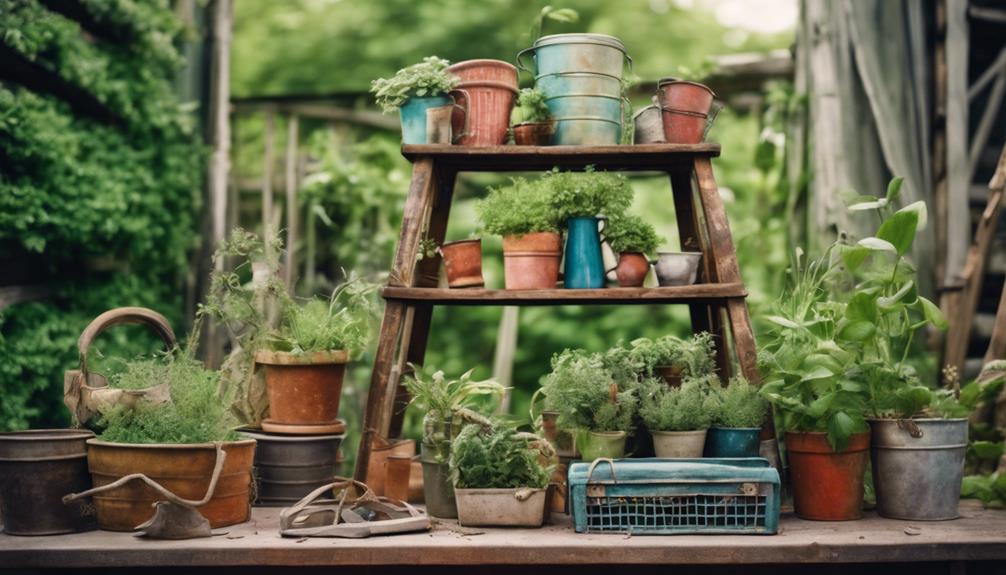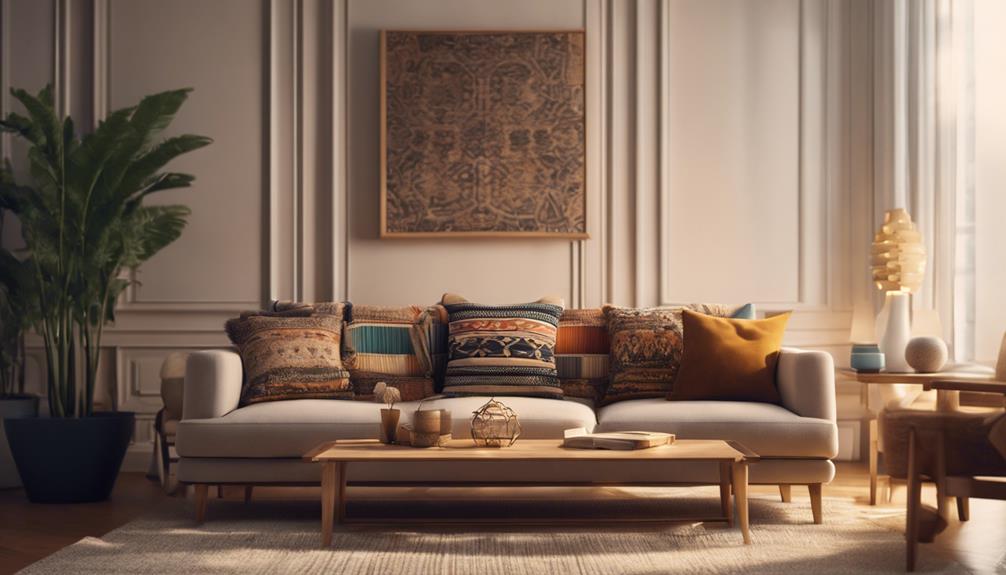Thrifting for retail therapy allows us to unearth unique treasures while supporting sustainability. By exploring thrift stores, we engage in a thrilling hunt for hidden gems, injecting joy and adrenaline into our shopping experience. Unearthing these rare finds not only offers a rush of excitement but also uplifts the soul, enhancing serotonin levels through the thrill of discovery. This sustainable practice aligns with our values, promoting mindful consumption and reducing environmental impact. Embrace the joy of thrifting for a fulfilling and enriching shopping journey that goes beyond traditional retail therapy.
Key Takeaways
- Thrifting offers sustainable and fulfilling shopping experiences.
- Discover unique, affordable items that uplift the soul.
- Reduce environmental impact through hidden gem discoveries.
- Align with values and practice mindful consumption.
- Contribute to a soul-nourishing journey while supporting ethical fashion.
Thrifting for Unique Finds
When we go thrifting for unique finds, we immerse ourselves in a world of hidden treasures waiting to be discovered.
Thrifting offers a diverse range of one-of-a-kind pieces that help us express our personal style in a creative and unconventional manner.
The thrill of rummaging through thrift stores for hidden gems adds excitement and satisfaction to the shopping experience, making each find all the more special.
These secondhand items often come with a rich history and story, adding depth and meaning to our purchases.
Environmental Benefits of Thrifting

Exploring the environmental benefits of thrifting sheds light on how this shopping approach contributes to sustainability in the fashion industry. When we choose to thrift, we actively participate in reducing our carbon footprint and combating textile waste, which are significant issues caused by the fashion industry.
Here are three key ways thrifting helps the environment:
- Extending the Life of Clothing: By opting for pre-loved items, we give clothes a second chance, preventing them from ending up in landfills prematurely.
- Reducing Water Pollution: The textile industry is a major polluter of clean water globally. Thrifting helps lessen the demand for new clothing production, ultimately reducing the industry's negative impact on water resources.
- Promoting Sustainable Fashion: Thrifting promotes sustainable fashion choices by encouraging the reuse of garments. This shift away from fast fashion practices contributes to a more ethical and environmentally friendly fashion industry.
Choosing to buy pre-loved items not only benefits our wallets but also plays an essential role in fostering a more sustainable future for the fashion world.
Supporting Local Communities

Thrifted retail therapy actively contributes to supporting local communities through funding charities and non-profit organizations. When we choose thrift shopping, we directly impact the well-being and growth of local businesses and causes. Moreover, thrifting helps create jobs within the community by supporting thrift store operations. This cycle of giving back fosters a sense of community engagement and support for local initiatives, strengthening the social fabric of our neighborhoods. By opting for thrifted retail therapy over traditional shopping, we play a vital role in enhancing the economic sustainability of our local communities.
| Benefits of Thrifted Retail Therapy | ||
|---|---|---|
| 1. Supports Local Charities | 2. Boosts Local Businesses | 3. Creates Jobs |
| Thrift shopping funds charities and non-profits. | Purchasing thrifted items supports local businesses. | Thrift stores create employment opportunities. |
| 4. Fosters Community Engagement | 5. Enhances Economic Sustainability | |
| Thrifting promotes community involvement. | Choosing thrifted items contributes to economic sustainability. |
The Thrill of the Hunt

The thrill of the hunt in thrifted retail therapy lies in uncovering unique and one-of-a-kind treasures that spark joy and excitement. Exploring the aisles of thrift stores can feel like beginning a treasure hunt, with each discovery bringing a sense of accomplishment and exhilaration.
Here are three scenarios that capture the thrill of the hunt in thrift stores:
- Rummaging Through Hidden Gems: The excitement builds as we sift through racks of clothing, hoping to stumble upon a vintage gem or a designer piece hidden among the ordinary.
- Unveiling a Rare Find: There's a rush of adrenaline when we spot that special item tucked away on a shelf, knowing that it's a one-of-a-kind treasure waiting to be uncovered.
- Celebrating the Discovery: The joy that comes from finding a valuable or personalized piece at an affordable price is unmatched, creating a sense of satisfaction and contentment in the hunt.
The thrill of the hunt in thrift stores not only offers a fun and fulfilling experience but also boosts serotonin levels and uplifts the soul through the joy of discovery.
Nourishing the Soul Through Thrifting

Indulging in the therapeutic practice of thrifting nurtures our souls by offering a sustainable and fulfilling shopping experience. Thrift shopping allows us to find unique, affordable items that not only bring joy but also support sustainability efforts.
When it comes to home decor, thrifted pieces can add a touch of individuality and charm to any living space. The thrill of discovering hidden gems while browsing through thrift stores can truly uplift the soul and provide a sense of fulfillment.
Shopping at thrift stores for retail therapy not only benefits us personally but also contributes to reducing environmental impact. By giving pre-loved items a new home, we participate in a more sustainable way of consumption.
As we engage in the art of thrifting, we appreciate the personalized experience it offers, resonating with our values and nurturing our souls through mindful consumption. Thrifted retail therapy is more than just shopping; it's a soul-nourishing journey that aligns with our desire for sustainability and fulfillment.
Mindful Consumption and Fulfillment

Exploring the practice of mindful consumption through thrifting allows us to find fulfillment in reusing and repurposing items while minimizing our environmental impact. When engaging in this mindful consumption, we experience a sense of satisfaction that goes beyond the act of shopping. This fulfillment stems from knowing that we're making eco-friendly choices and supporting sustainable practices.
To illustrate this concept:
- Selecting Pre-Loved Treasures: Each time we choose a thrifted item, we contribute to reducing waste and extending the lifespan of goods.
- Embracing Uniqueness: Discovering one-of-a-kind pieces in thrift stores not only adds character to our wardrobe or living space but also brings a sense of fulfillment in owning something distinct.
- Mindful Shopping Habits: By opting for secondhand items, we align our consumption with ethical and sustainable fashion principles, fostering a more conscious approach to shopping.
Through mindful consumption in thrifting, we can find fulfillment in making environmentally-conscious choices while enjoying the treasure hunt for unique and meaningful items.
Creative Expression Through Thrifting

Thrifting offers a canvas for personal style expression, allowing individuals to cultivate their wardrobe in a unique and environmentally conscious way. By engaging in thrifting, individuals can express their creativity and showcase their personality through fashion choices that are both budget-friendly and sustainable. This form of creative expression not only sets individuals apart from mass-produced trends but also contributes to a more environmentally friendly approach to fashion consumption.
Through thrifting, individuals can discover one-of-a-kind pieces that reflect their personal style and values. The process of creatively curating a wardrobe from thrifted finds adds a layer of uniqueness and authenticity to one's fashion choices. This creative aspect of thrifting not only enhances the overall shopping experience but also promotes a sense of fulfillment and satisfaction in finding hidden gems that resonate with individual tastes and preferences.
Incorporating thrifted items into one's wardrobe not only encourages personal style expression but also fosters a more environmentally friendly approach to fashion consumption, aligning with the growing trend of sustainable fashion practices.
Thrifting for Financial Wellness

Engaging in thrift shopping can greatly benefit our financial wellness by providing substantial savings compared to purchasing items at retail prices. Thrifting has become a popular form of retail due to the significant cost-effectiveness it offers.
Here are three ways thrifting can enhance our financial health:
- Savings of 80-90%: Thrift stores often sell items at a fraction of their original retail prices, allowing us to acquire quality goods at a fraction of the cost.
- Discounts, Specials, and Loyalty Programs: Many thrift stores also offer additional discounts, specials, and loyalty programs, further increasing the savings potential for savvy shoppers.
- Preservation of Value: Buying secondhand goods not only saves money upfront but also helps preserve the value of items over time, as certain vintage or designer pieces may appreciate in worth.
These factors combined make thrift shopping a smart choice for those looking to improve their financial well-being while still enjoying the thrill of retail therapy.
Reducing Waste and Impact Through Thrifting

With thrifted items, we can actively contribute to reducing waste and environmental impact through sustainable fashion choices. By shopping at thrift stores and opting for previously owned clothing, we play an essential role in decreasing textile waste and pollution.
The act of giving pre-loved items a new life extends the lifecycle of clothing, thereby reducing the demand for new production. This shift towards sustainable shopping practices not only lowers the environmental impact of fashion consumption but also promotes a circular economy model by reusing and recycling fashion items.
Supporting thrift stores is a crucial step in building a more ethical and sustainable fashion industry. By doing so, we actively contribute to reducing carbon footprint and textile waste, making a positive impact on the environment.
As the saying goes, 'One person's trash is another person's treasure,' and through thrifting, we can embody this sentiment while also making a significant difference in reducing waste and environmental impact.
Frequently Asked Questions
Why Is Thrifting Therapeutic?
Thrifting is therapeutic because it brings joy and a sense of accomplishment when we find unique items. It boosts our mood by engaging us in the hunt for treasures, providing budget-friendly retail therapy.
Why Does Retail Therapy Make You Feel Happier?
Retail therapy makes us feel happier by triggering the brain's reward system and releasing dopamine, providing a mood boost. It allows us to shop guilt-free at lower costs, find unique treasures, and enjoy self-care.
What Are the Benefits of Thrifting?
Thrifting offers unique, budget-friendly finds, reducing waste and supporting local causes. It's a sustainable shopping option providing creative style expression. Did you know thrift stores help divert over 2 billion pounds of clothing from landfills annually?
Why Do People Resort to Retail Therapy?
We resort to retail therapy to boost our mood, find comfort, and distract from life's challenges. It provides a temporary escape, releases dopamine, and gives a sense of control. Shopping offers fulfillment and contributes to overall well-being.
Conclusion
To sum up, thrifting isn't only a fun and rewarding way to shop, but it also has numerous benefits for the environment, local communities, and our own well-being.
According to the ThredUp Resale Report, the secondhand market is projected to reach $64 billion by 2024, highlighting the growing popularity of thrifting.
So next time you're in need of some retail therapy, consider exploring your local thrift stores for unique finds that are good for your soul and the planet.

